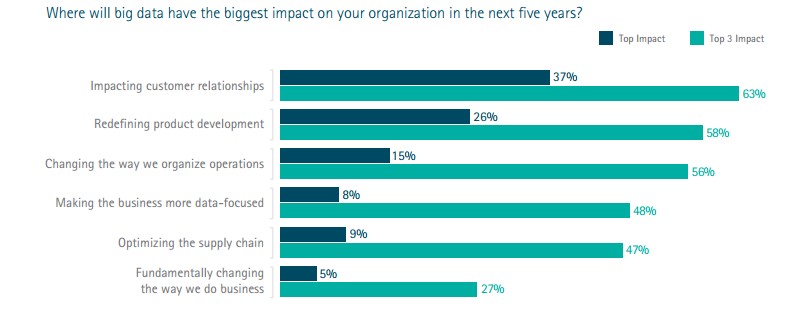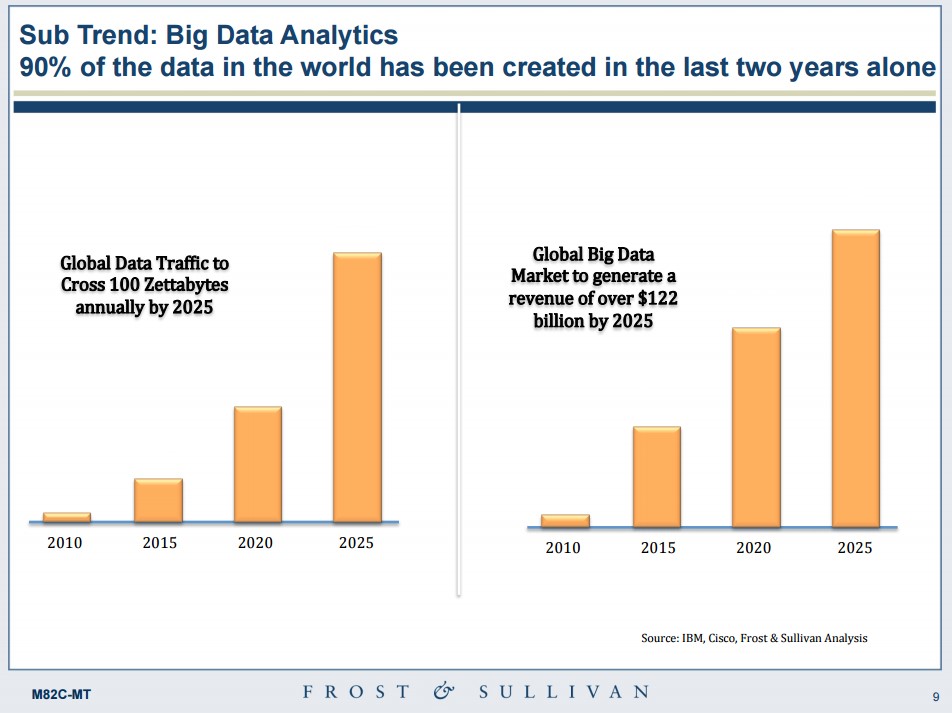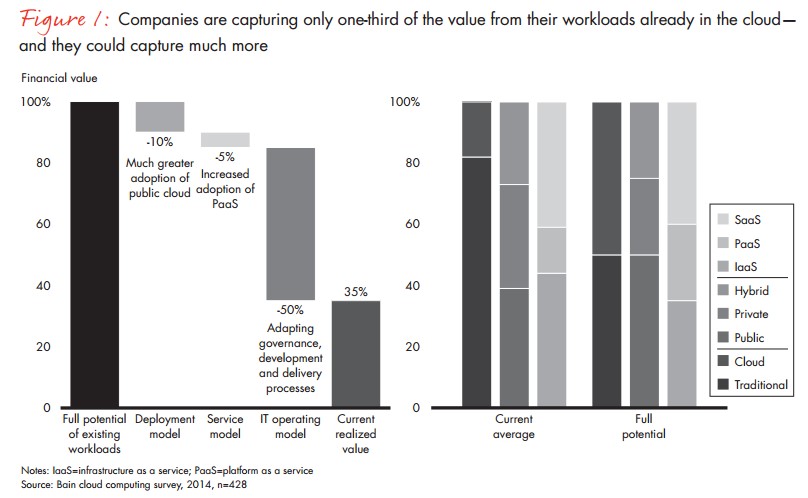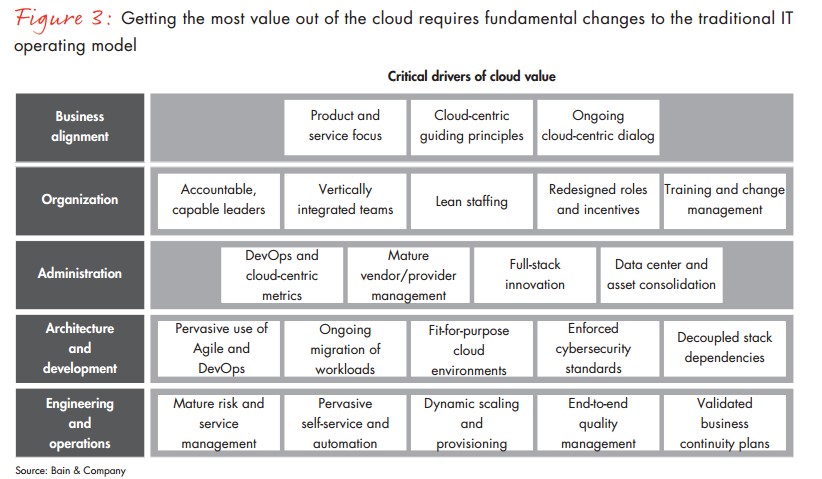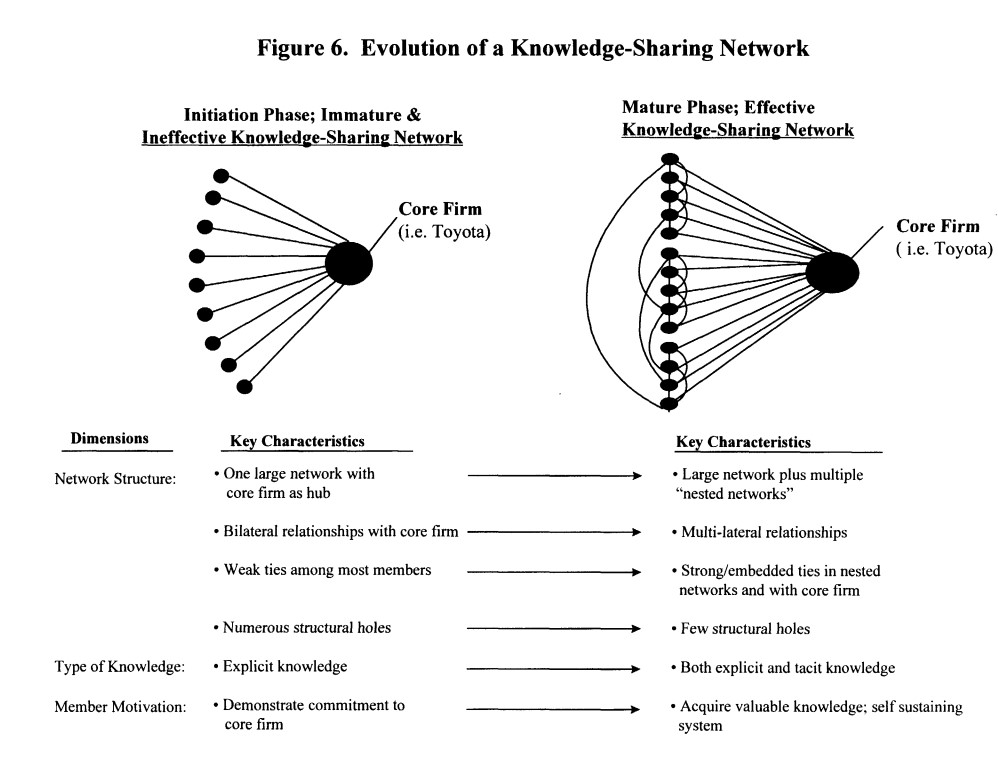(c)iStock.com/alexsl
- 40% of SaaS companies are using Amazon Web Services (AWS) to deliver their apps today.
- Median subscription gross margins for SaaS companies in 2015 are 78%.
- Overall, SaaS companies are projecting median revenue growth of 46% in 2015.
- Channel sales and inside sales strategies delivered the highest revenue growth rates in 2014.
- Companies in the $5M – $7.5M range achieved 70% revenue growth in 2014, surpassing the median 36% growth rate last year.
These and many other insights are from the 2015 Pacific Crest SaaS Survey published by David Skok of Matrix Partners in collaboration with Pacific Crest Securities. You can download a free copy of Part I of the study here (PDF, opt-in, 72 pp).
305 SaaS companies were interviewed, 31% from international locations and 69% from North America. David Skok and Pacific Crest Securities will publish Part 2 of the results in the near future. SaaS Metrics 2.0 – Detailed Definitions provides a useful reference for many of the SaaS metrics mentioned in the study.
This year’s survey attracted an eclectic base of respondents, with median revenues of $4M a year, with 133 companies reporting less than $5M, and 57 over $25M. Annual Contract Value (ACV) across all respondents is $21K, with 17% of respondents reporting ACVs over $100K. Please see pages 3 & 4 of the study for a description of the methodology. Key takeaways from the study include the following:
- SaaS GAAP revenue growth is accelerating in 2014 and is projected to increase further in 2015 from 44% to 46%. Median revenue growth in 2014 for all survey respondents was 44%, with the aggregate projected growth for 2015 reaching 46%. When SaaS companies with less than $2.5M in revenues are excluded, median GAAP growth was 35% in 2014 and is expected to reach that same level in 2015.

- SaaS companies with mixed customer strategies are growing at 57% a year. Excluding respondent companies with less than $2.5M in revenues, a mixed customer strategy dominates all others. Concentrating on enterprises and small & medium businesses (SMBs) both drove 33% revenue growth of respondent companies this year.

- 40% of SaaS companies are using Amazon Web Services (AWS) to deliver their apps today. AWS is projected to increase to 44% three years from now, with Microsoft Azure increasing from 3% today to 6% in 3 years.

- 41% of all SaaS companies surveyed rely primarily on field sales. Factoring out the companies with less than $2.5M in revenue, field sales accounts for 32%.

- Field sales dominates as the most effective sales strategy when median deal sizes are $50K or more. In contrast, inside sales dominates $5K to $15K deal sizes, and the Internet dominates deal sizes less than $1K. The following graphic provides insights into the primary mode of sales by median initial contract size.

- 16% of new Average Contract Value (ACV) sales is from upsells, with the largest companies being the most effective at this selling strategy. One of the strongest catalysts of a SaaS companies’ growth is the ability to upsell customers to a higher ACV, generating significantly greater gross margin in the process. SaaS companies with revenues between $40M to $75M increase their ACV by 32% using upsells. Larger SaaS companies with over $75M in sales generate 28% additional ACV with upsell strategies.

- The highest growth SaaS companies are relying on upsells to fuel higher ACV. There is a significant difference between the highest and lowest growth SaaS companies when it comes to upsell expertise and execution. The following graphic provides an overview by 2014 GAAP revenue category of percent of ACV attributable to upsells.

- 60% are driving revenues with “Try Before You Buy” strategies, with 30% generating the majority of their revenues using this approach. On contrast, only 30% of companies generate revenues and ACV from freemium.













































